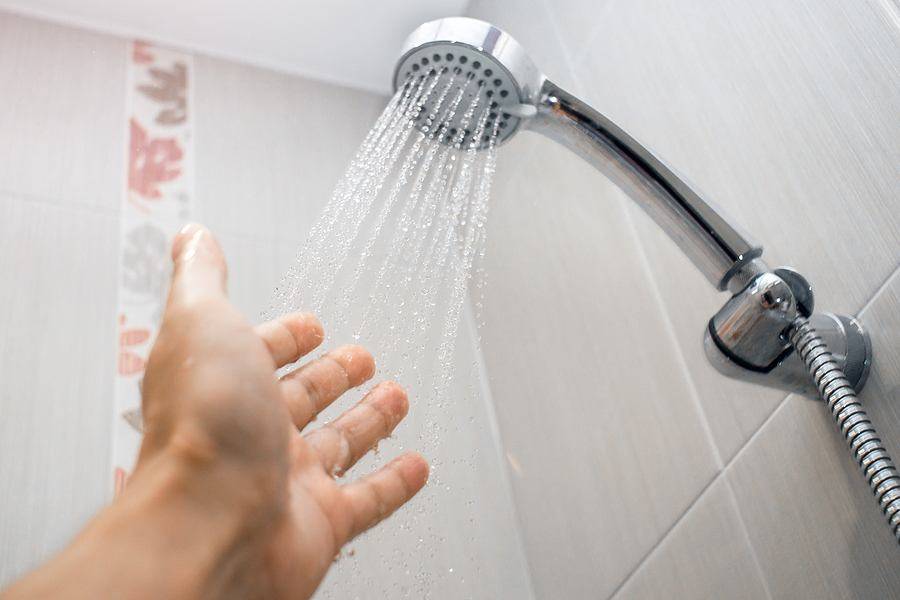
May 25/2024
This Is How to Increase Water Pressure in Your Shower
Has the water pressure in your shower been reduced to a trickle? We understand how frustrating and inconvenient this problem can be. Apart from turning showering into a huge hassle, it indicates a plumbing problem that needs to be addressed by a professional plumbing service.
In this article, Mr. Rooter Plumbing looks into the causes of low water pressure in the shower and the possible solutions.
Mineral deposits can accumulate inside the small holes of the showerhead, disrupting or blocking the water flow. This is a common problem in homes with hard water. You can remove these deposits by soaking the showerhead in a vinegar solution or using a wire brush to gently clean the holes. A thorough cleaning should increase the water pressure in your shower. If cleaning the showerhead does not resolve the problem, reach out to experienced plumbers specializing in bathroom plumbing for showerhead repair or replacement.
There may be a shut-off valve behind the showerhead or near the control panel that is partially or fully closed. The shutoff valve can be accidentally bumped and shut off the water supply, or sometimes it might be forgotten about after repairs are complete. This can lead to frustration when you turn on the faucet and no water comes out. Check to make sure the valve is fully open.
- Faulty Pressure Regulator
A malfunctioning pressure regulator is one of the main culprits behind reduced water pressure in the shower. Like any mechanical device, a pressure regulator has a lifespan, which can range from 10 to 15 years. Over time, the device can wear down and become less effective. Corrosion and sediment buildup can also affect its performance, resulting in reduced water pressure. If you suspect your water pressure regulator is failing, consult with a professional plumbing repair service to diagnose the problem and recommend a repair or replacement.
The hose that connects the showerhead to the pipe can also become clogged with mineral deposits, sediment buildup, or debris. This can restrict water flow, thereby reducing the water pressure in the shower. You can try cleaning the hose with a white vinegar solution. Submerge the entire hose in the solution and let it soak for at least 30 minutes. Use a soft brush to gently scrub any stubborn grime or mineral deposits on the hose exterior. If you still experience the same problem after cleaning the shower hose, call a nearby plumber to replace it altogether.
- Low Water Pressure Throughout The House
Low water pressure affecting the whole house may be the reason why the water pressure in your shower has dropped. The problem could be with your main water supply line, water main issues, or a closed shutoff valve. The easiest fix is to check the shutoff valve to see if it’s fully open. If your neighbors are experiencing similar issues, it could be a problem with the municipal water supply. Contact your water supplier to inquire. If the above steps don't solve the issue, call a trusted plumbing service. They can diagnose the cause of the low pressure, whether it's a clogged pipe, a faulty pressure regulator, a leak, or something else. They'll have the expertise and tools to repair the problem and restore proper water pressure in your home.
Contact Mr. Rooter Plumbing for Your Bathroom Plumbing Needs
Is your showerhead in disrepair, and you need professional help from a trusted plumbing repair service? Is it time to replace your toilet? Mr. Rooter Plumbing is here to help you with all of your bathroom plumbing needs, including showerhead repair, drain cleaning, sink installation, toilet replacement, and more.




